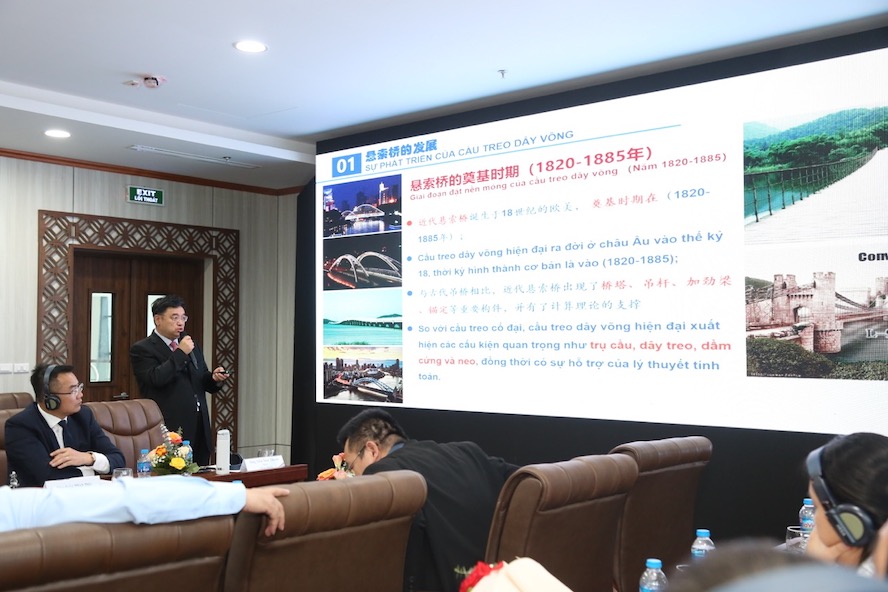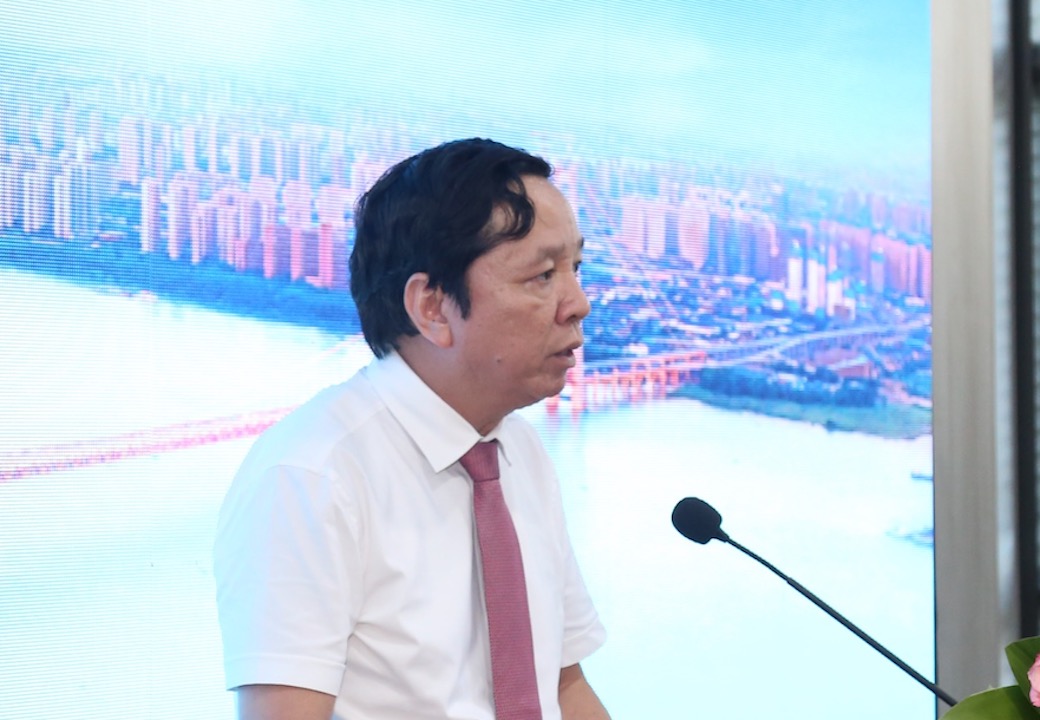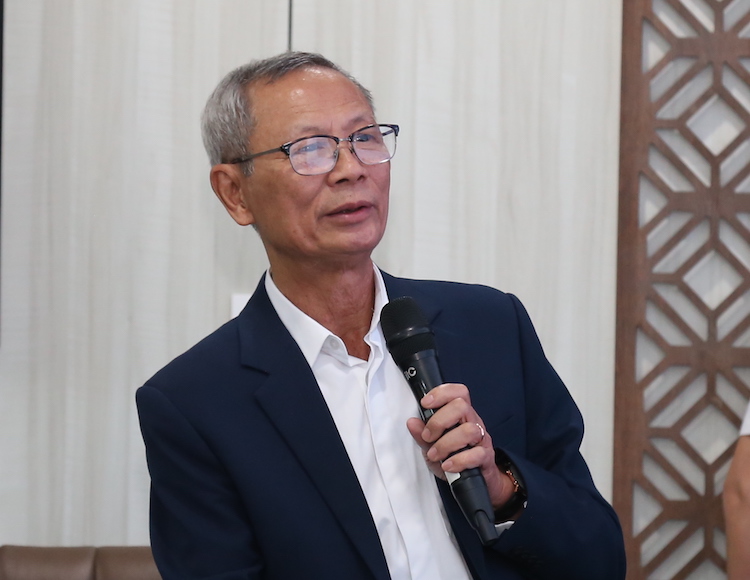On September 24, 2025, the University of Transport in collaboration with Minh Duc Construction Group organized an international workshop on "Sack Wire suspension bridge - From design to construction".

This is an event in the joint plan of the school and the Ministry of Education and Training, the Ministry of Construction to implement Resolution 57-NQ/TW of the Central Government and the Government's action program on breakthroughs in the development of science, technology, innovation and national digital transformation.
In his opening speech, Associate Professor, Dr. Nguyen Van Hung - Principal of the University of Transport affirmed that this workshop is an important scientific event, the first time in Vietnam to focus on the hammock suspension bridge - a type of symbolic structure, with strategic significance in the development of modern transport infrastructure.

He emphasized: "Combining the strength of the "three houses" - State, Scientists and Enterprises - is the key to mastering and developing key technologies for national infrastructure".
At the workshop, Prof. Dr. Tran Duc Nhiem - lecturer and senior expert of the University of Transport said that in the world, many cable-stayed bridges have far exceeded the meaning of connecting regions, becoming national symbols with modern technology, architectural beauty and profound cultural identity.
In Vietnam, massenger suspension bridges have also been built quite a lot, mainly in small-asile areas, using pedestrians, people's lives, in remote areas, supporting children's education to go to school. The bridge surface is only about 2-3m and allows rudimentary vehicles to pass through.
"Therefore, we cannot say whether we can have the current suspension bridge construction industry" - Prof. Dr. Tran Duc Nhiem said.

According to experts, the cable-stayed suspension bridge is a symbol of innovation in the construction of transport infrastructure and is being affirmed as a future trend in Vietnam. To realize this, Prof. Dr. Tran Duc Nhiem mentioned many solutions such as: Political determination of investors to overcome initial obstacles such as large investment capital; Determination of localities; The spirit of boldly learning from experience;....
"Every step must be responsible, but it starts with political determination, to autonomy, daring to get out of the comfort zone of design consultants, daring to advise investors. At the same time, there needs to be a dedicated contractor, willing to spend initial capital, invest in technology and equipment to independently manufacture important details of the cable-stayed bridge" - Mr. Nhiem said and believed that in this journey, preparing high-quality human resources is important. And to have quality human resources, it is necessary to go through the training process.
" would-be engineers must have been trained, taught, have a firm grasp of knowledge, analyzed structure, control, modern construction technologies, ensuring effective operation and exploitation" - Mr. Nhiem said.
At the workshop, experts focused on discussing design principles, construction technology, and solutions for managing and maintaining sack suspension bridges. The open discussion sessions became a vibrant exchange forum, connecting researchers, engineers, businesses and students, aiming to find practical solutions to put the technology of hammock suspension bridges into practice in Vietnam.





